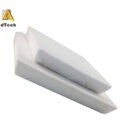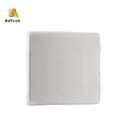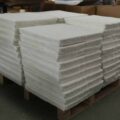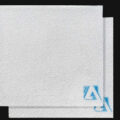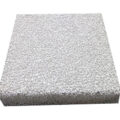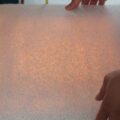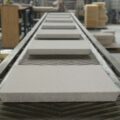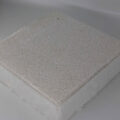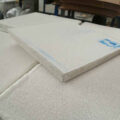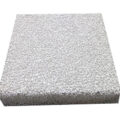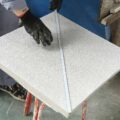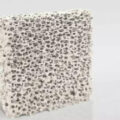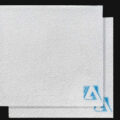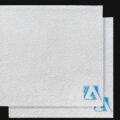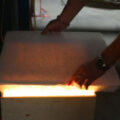Regardless of the filter used, care must be taken to ensure that the filter is not affected by excessive vibration or changes in the metal level. These interferences will cause the release of inclusions, which may eventually lead to inclusions in the finished product. Good process control downstream of the final aluminum alloy filtration equipment is especially important. If repairs are required, this should include careful cleaning preparations and special attention. In addition, operators in the foundry should take care to minimize turbulence in certain areas, such as turbulence around metal distribution bags.
Even with the best available filtering technology, the very dirty metal input will overwhelm. Therefore, the importance of correct handling of metals before filtering cannot be overstated. The cleaner the metal entering the filter, the finer the filter that can be used, resulting in even cleaner metal leaving the filter.
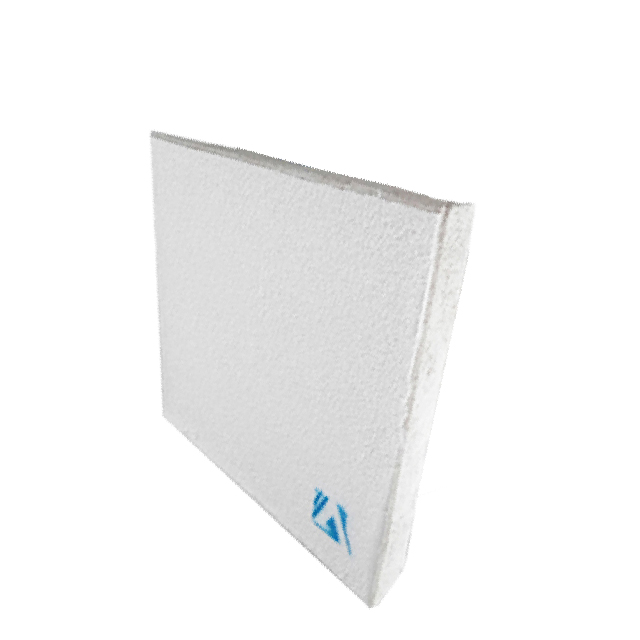
Alumina ceramic foam filter, mainly used for aluminum and alloy filtration in foundries.
Resistant to erosion and corrosion of molten aluminum, this filter can effectively remove inclusions and reduce residual gas.
And provide laminar flow, and then the filtered metal is significantly cleaner. Cleaner metals can produce higher-quality castings, fewer scraps, and fewer inclusion defects, all of which help increase profits.
- Reduce waste related to inclusions.
- Reduce costs related to inclusion of defects.
- Improve productivity through higher extrusion or rolling speeds.
- Increase casting flexibility, easy to replace alloy.
By using a metallurgical microscope for optical microscopy, the impurity particles captured by the ceramic foam are filtered in each layer. The efficiency of ceramic foam filter to remove melt, alloy or inclusions generated during mold processing. In the first part of the filter, there are still some small inclusion particles blocked in the middle and lower parts. The particles blocked by the mesh filter are combined clusters of inclusions, the same as those blocked at the top of the filter. These inclusion clusters are not even distributed throughout the pores of the filter, but only distributed between the ceramic filters. The pores are not narrow or maybe special locations in the filter that resists melt flow. Because the ceramic foam filter has a narrow distribution, these particles are easily captured by the filter.

